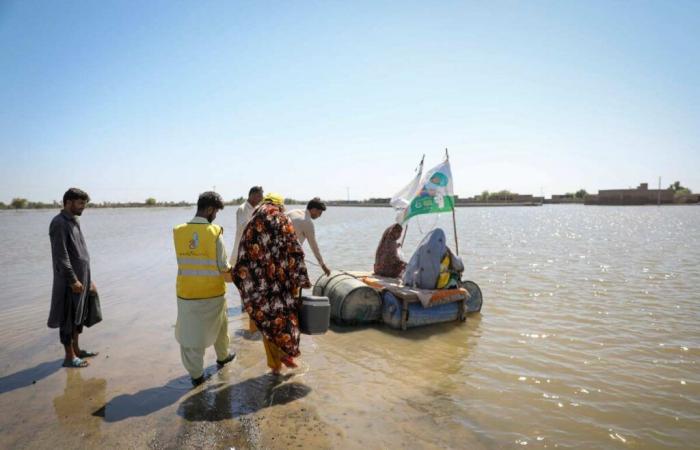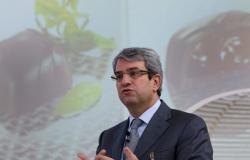As UN Secretary-General António Guterres sounds the alarm over ‘stalled’ COP29 negotiations, and evidence mounts that human-caused climate change is precipitating “impossible” and deadly weather conditions across the world, it is undeniable that the house is on fire.
Vaccines will not save a planet on fire. But they have the power to protect the most vulnerable people from the diseases that are already increasing as a result of climate change, which amounts to buying time.
Take the example of Pakistan. In 2022, when much of the country was flooded, vaccines were deployed to prevent diseases that threatened millions of people displaced, stuck on higher ground, surrounded by polluted waters and exposed to insects. Cholera is making a comeback almost everywhere in the world due to climatic disasters which have destroyed health infrastructures. But in 2023, a record 35 million doses of oral cholera vaccine were sent from global stockpiles to combat this threat.
By preserving people’s health, vaccines also help to ease the pressure on health systems already weakened by an increasingly hostile climate. By allowing people to stay healthy, avoid hospitals and continue working, vaccines also protect poor families from some of the economic effects of the climate crisis. In short, vaccines are a tool for adaptation to climate change, and every life saved is a victory.
Gavi, which is raising $9 billion to finance its actions over the next five years, plays a key role. By nature, its work contributes to reducing the inequitable impact of global warming. Providing preventative care to vulnerable populations in poorer countries makes them less exposed to the effects of climate change. But Gavi also faces this threat with a targeted approach. For the first time this year, climate risk is one of the criteria that will guide its investments in vaccines over the coming years. Climate change is altering the relationship between humans and diseases. We need to be better prepared, and Gavi is working towards this.
Stay with us this week to find out more. In the meantime, do not hesitate to (re)discover some of our articles on climate change from the last two years.
The editorial staff
Deadly diseases increasing under the influence of climate change
Infectious disease outbreaks are now directly linked to global warming, with the risk extending well beyond tropical regions to also affect temperate zones.
Read the article
Climate change influences the development of new vaccines
From 2024, climate risk will be integrated into the criteria guiding Gavi’s vaccine investment strategy (VIS). This development earned Gavi policy team member Maya Malarski a place on the Time100 Climate 2024 list.
Read the article
Brazil accelerates production of dengue vaccine in the face of historic epidemic
Global warming, combined with the El Niño phenomenon, is fueling one of the region’s worst dengue outbreaks on record, prompting authorities to step up efforts to roll out a vaccine.
Read the article
In Bangladesh, climate change is fueling a dengue crisis
With more than 2,000 new cases daily, Bangladesh has transformed Dhaka’s COVID-19 hospital into a treatment center for dengue fever, in the midst of an unprecedented crisis.
Read the article
‘It’s difficult, but we will find a solution’: Typhoid vaccine deployed in disaster-stricken region of Pakistan
In Balochistan, hit hard by catastrophic flooding, health workers administer a typhoid conjugate vaccine to protect children caught between two global crises: antimicrobial resistance and climate change.
Read the article
Could malaria make a comeback in the United States, Europe and elsewhere due to climate change?
The mosquitoes that cause the spread of malaria are expanding their geographic distribution due to warming temperatures and changing rainfall patterns.
Read the article






